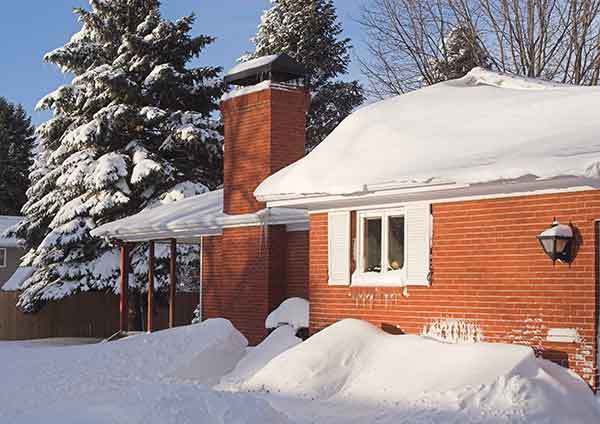When the weather turns cold in Maine, attention turns inward to our home heating sources.
Burn wood? Time to get to chopping and stacking. And stacking. And stacking.
Got oil? Better check the tank, bleed those lines and order a delivery.
But for natural gas customers, preparing to stay warm through a long Maine winter is a relatively worry-free prospect. Just like your electricity, turn it on and we’re there.
After a snowy, frigid 2013-2014 winter that set natural gas consumption records nationally, Summit’s system in Maine delivered as promised, proving that Summit Natural Gas customers in Maine enjoy superior convenience, reliability, safety, and service.
There are only a few things a consumer should do to test any heating system as winter sets in.
- Winterizing remains important. The more insulated your home, the more your fuel will help keep you warm. Inspect wall insulation and consult home improvement experts to understand how to maximize “R-values” in wall and roof insulation. Caulk and weather-strip windows and doors to keep cold air out. Check and if necessary add attic insulation to reach a level of R-38 or 12 inches.
- Consider programmable thermostats. Customers who turn down their heat when the home is unoccupied can then program their thermostats to warm the home when it’s occupied. Utility companies have estimated such usage can help trim heating bills by 10 to 25 percent. When used properly, a programmable thermostat with its four temperature settings can save approximately $180 a year in energy costs, according to Energy Star.
- Inspect your furnace. Have the furnace checked by a licensed professional to be sure it is operating efficiently and seal any leaks in furnace ducts.
Schedule a home energy audit. Change the furnace filter regularly. A dirty filter forces the furnace to work harder. - Insulate your water heater. Install an approved insulation blanket around the water heater and insulate the first three feet of water pipe. Keep insulation at least 6 inches from the flue on gas water heaters.
- Lower the temperature on your water heater to 120 degrees F and conserve hot water when you can. Heating water is the second largest energy user in your home in the winter months.
- Wash clothes in cold or warm water and rinse in cold water to reduce water heater usage.
“Winter is the time when converting to natural gas really pays off for the thousands of homeowners who have made the investment in converting to Summit Natural Gas,” said Lynn McInnis, the Commercial/Residential Sales Manager.
“The convenience and safety of gas is well-known, but with a few minor adjustments to your gas heat system, Summit customers will see heating bills this winter that will make them feel very warm inside.”
For more information about where Summit will be in 2016 and beyond, call (207) 621-8000 or visit us at www.summitnaturalgasmaine.com for more information.
Send questions/comments to the editors.



Success. Please wait for the page to reload. If the page does not reload within 5 seconds, please refresh the page.
Enter your email and password to access comments.
Hi, to comment on stories you must . This profile is in addition to your subscription and website login.
Already have a commenting profile? .
Invalid username/password.
Please check your email to confirm and complete your registration.
Only subscribers are eligible to post comments. Please subscribe or login first for digital access. Here’s why.
Use the form below to reset your password. When you've submitted your account email, we will send an email with a reset code.